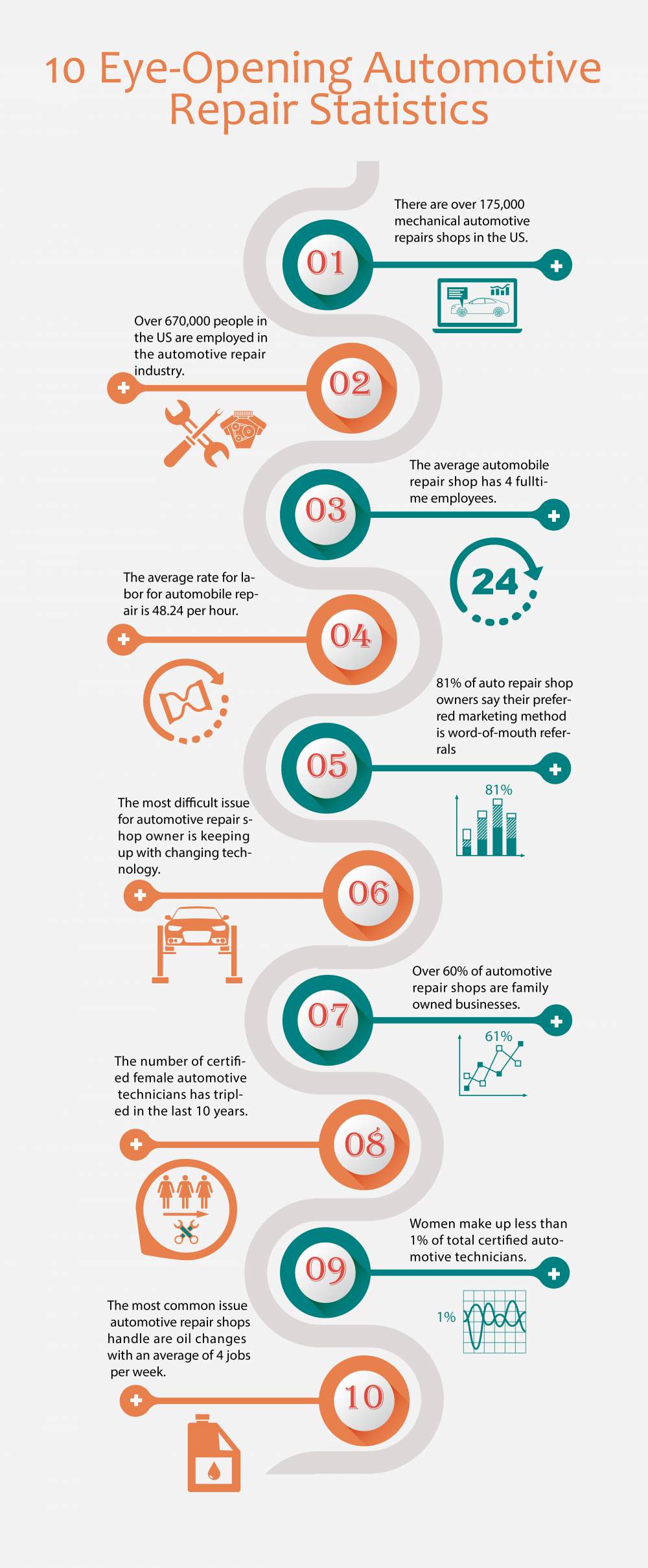Comprehending Your Cars And Truck'S Caution Lighting: What Do They Truly Mean?
Comprehending Your Cars And Truck'S Caution Lighting: What Do They Truly Mean?
Blog Article
Web Content Author-Hartley Alvarado
When you lag the wheel, those radiant warning lights on your dashboard can be a little bit puzzling. Do you recognize what they're trying to inform you regarding your cars and truck's wellness? Comprehending the importance of these lights is essential for your safety and the longevity of your vehicle. So, the following time among those lights appears, would not you wish to analyze its message accurately and take the needed actions to resolve it?
Common Warning Lights and Interpretations
Determine common caution lights in your car and understand their meanings to guarantee safe driving.
The most normal caution lights include the check engine light, which signifies problems with the engine or discharges system. If auto detailing services comes on, it's critical to have your lorry examined immediately.
The oil stress cautioning light indicates reduced oil stress, calling for immediate attention to stop engine damages.
A blinking battery light might suggest a defective charging system, potentially leaving you stranded if not resolved.
The tire stress monitoring system (TPMS) light informs you to reduced tire pressure, impacting lorry stability and gas efficiency. Ignoring this could bring about unsafe driving conditions.
The abdominal muscle light shows a trouble with the anti-lock braking system, compromising your capability to quit quickly in emergencies.
Last but not least, the coolant temperature level advising light warns of engine getting too hot, which can cause severe damages otherwise fixed quickly.
Comprehending these typical caution lights will certainly assist you attend to concerns without delay and preserve risk-free driving problems.
Importance of Prompt Attention
Understanding the usual warning lights in your automobile is only the initial step; the value of quickly dealing with these warnings can not be highlighted enough to guarantee your safety when driving.
When a warning light brightens on your control panel, it's your automobile's means of interacting a potential problem that requires focus. Neglecting these cautions can bring about more extreme problems down the road, jeopardizing your safety and potentially costing you extra in repairs.
Prompt attention to advising lights can protect against failures and mishaps. For example, a blinking check engine light can suggest a misfire that, if left ignored, might create damage to the catalytic converter. Addressing this quickly can conserve you from a pricey repair.
Likewise, a brake system warning light may signal low brake liquid or worn brake pads, critical parts for your safety and security when driving.
Do It Yourself Troubleshooting Tips
If you notice a caution light on your control panel, there are a few do it yourself fixing pointers you can attempt before seeking specialist assistance.
The initial step is to consult your cars and truck's guidebook to recognize what the particular caution light indicates. Sometimes the problem can be as straightforward as a loose gas cap causing the check engine light. Tightening up the gas cap may deal with the problem.
One more common issue is a low battery, which can activate numerous alerting lights. Examining the battery connections for deterioration and ensuring they're safe might repair the issue.
If a warning light continues, you can try resetting it by separating the vehicle's battery for a few mins and afterwards reconnecting it. Furthermore, inspecting your automobile's liquid degrees, such as oil, coolant, and brake liquid, can help fix advising lights connected to these systems.
Final thought
To conclude, recognizing your vehicle's warning lights is vital for keeping your car running smoothly and securely. By quickly attending to these informs and understanding what they imply, you can stay clear of costly repair work and potential break downs.
https://wgno.com/automotive/spend-less-at-the-pump-with-these-fuel-saving-tips/ in mind to consult your auto's guidebook for particular details on each warning light and act accordingly to ensure a hassle-free driving experience.
Stay educated, stay secure on the road!
